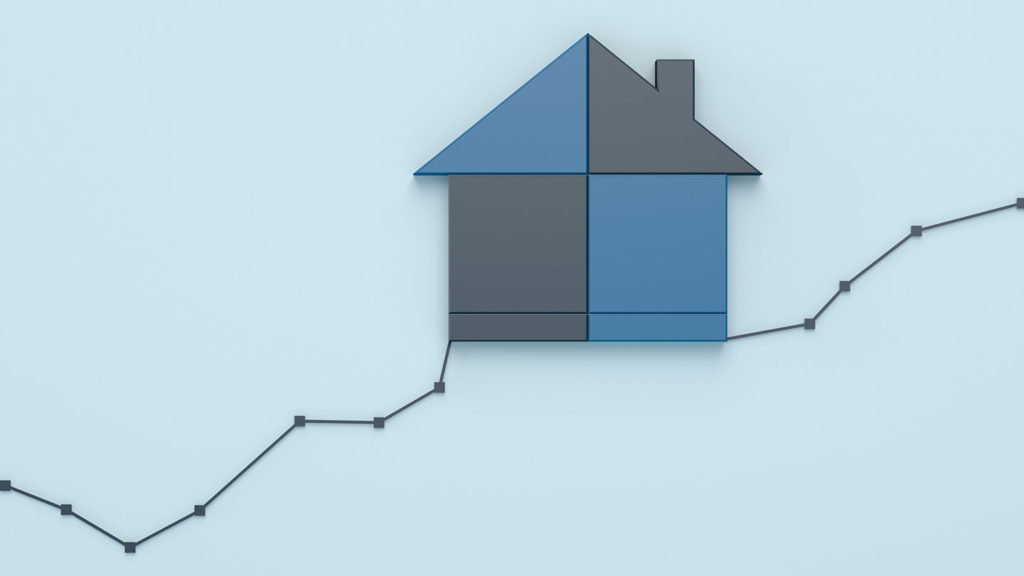
Senior living occupancy — independent living and assisted living combined — is more than halfway down the road to recovery, increasing to 82.8% in October from a pandemic record low of 77.9% in June 2021, according to the National Investment Center for Seniors Housing & Care.
The occupancy rate for the NIC MAP primary markets increased 0.6 percentage points from September — within 4.4 percentage points of a March 2020 pre-pandemic level of 87.2%, according to a blog post from Omar Zahraoui, a NIC senior data analyst.
Occupancy for assisted living communities — which fell further from peak pre-pandemic rates than other property types — continued to recover faster than independent living, despite relatively large inventory growth since the onset of the pandemic, Zahraoui wrote.
Assisted living occupancy increased by 6.3 percentage points from March 2021 pandemic lows. Occupancy in such properties was up 0.7 percentage points to 80.4% from September, but it remains 4.2 percentage points below pre-pandemic levels.
At 85%, the occupancy rate for majority independent living properties increased 0.3 percentage points from September, but it remained 4.6 percentage points below March 2020 levels. Occupancy rates were up 3.4 percentage points from March 2021 pandemic lows.
The pace of year-over-year inventory growth for both independent and assisted living was relatively slow compared with pre-pandemic levels, Zahraoui wrote. Inventory of independent living properties increased by 1.1% (3,887 units) in October over the previous year, the smallest annual growth since 2015. By comparison, assisted living inventory increased by 2% in the same period.
Regional occupancy rates depend on inventory growth
Metropolitan markets had the lowest senior living occupancy among NIC’s primary markets, experiencing large year-over-year inventory growth compared to top-ranking markets due to inventory growth.
Houston made the largest independent living occupancy gains, improving by 2 percentage points from September. But with a 79.1% occupancy rate, that Texas city still ranked at the bottom of all metro areas and was the only independent living primary market with occupancy below 80%.
Washington, DC, which had the lowest occupancy rate among the primary markets for assisted living, was up 0.1 percentage points from September to 75.2%.
Occupancy rates rose or remained stable for assisted living in 30 of the 31 primary markets in October. Tampa had the highest occupancy rate among those markets, at 86.3%, up 0.9 percentage points from October and within 0.8 percentage points of March 2020 levels.
Independent living occupancy rates increased or remained stable in 24 of the 31 NIC primary markets in October compared with September.
At 93.5%, Boston’s independent living occupancy increased by 0.7 percentage points from September and ranked the highest among the 31 NIC MAP primary markets. Boston has recovered the 6.1 percentage points lost during the height of the pandemic and was one of three independent living primary markets to return to or exceed pre-pandemic March 2020 levels, along with San Antonio and Las Vegas.


